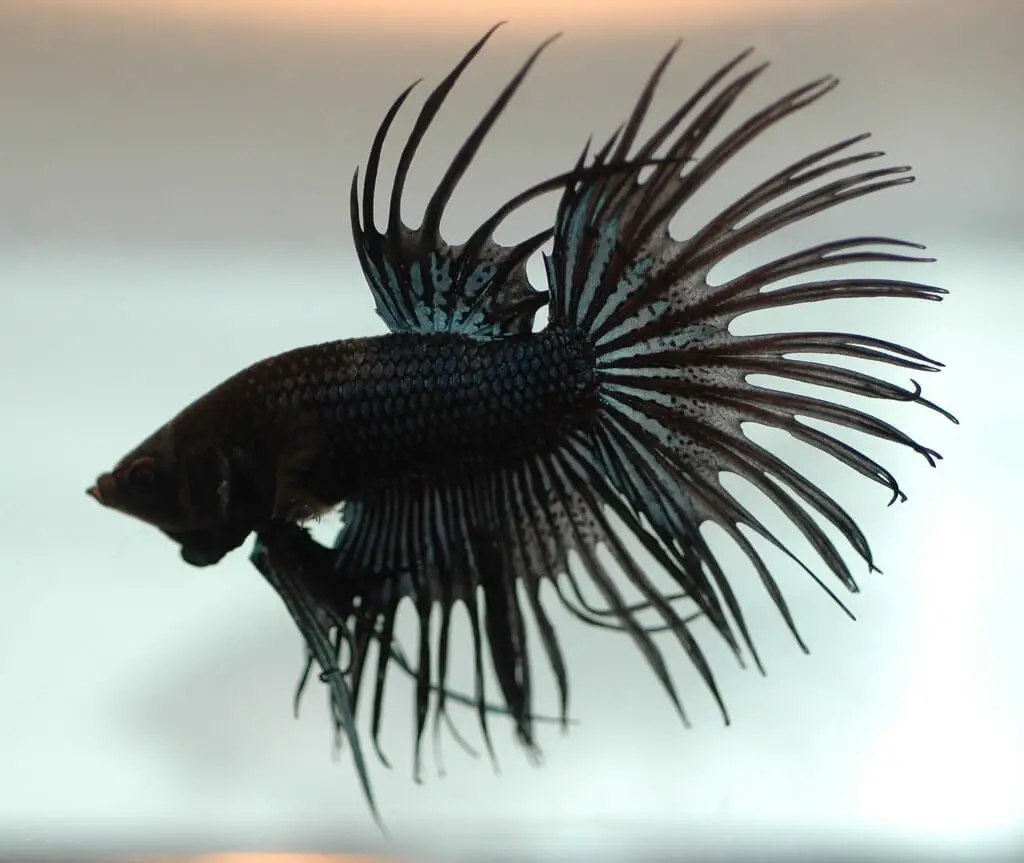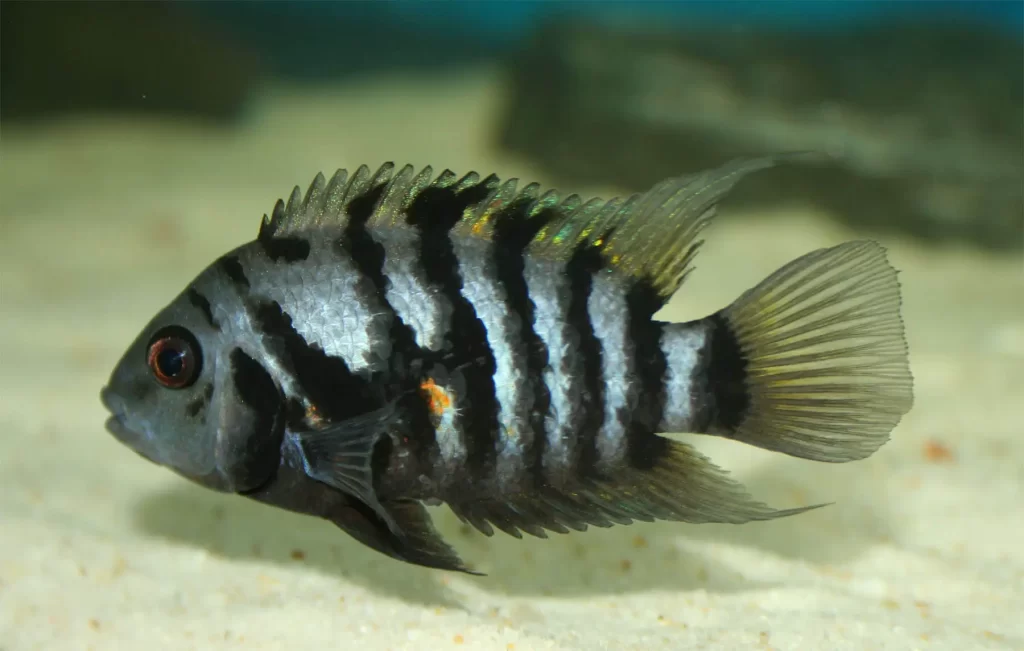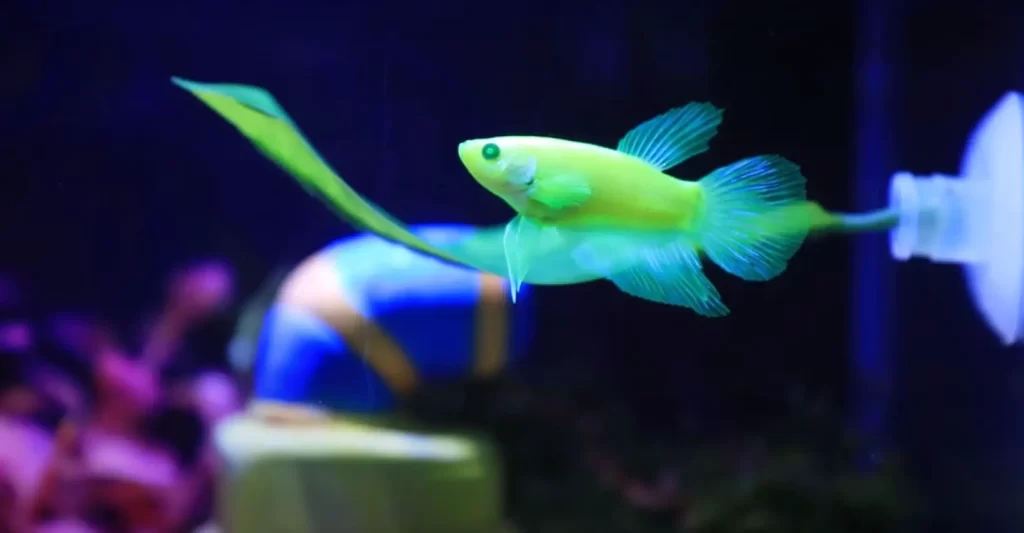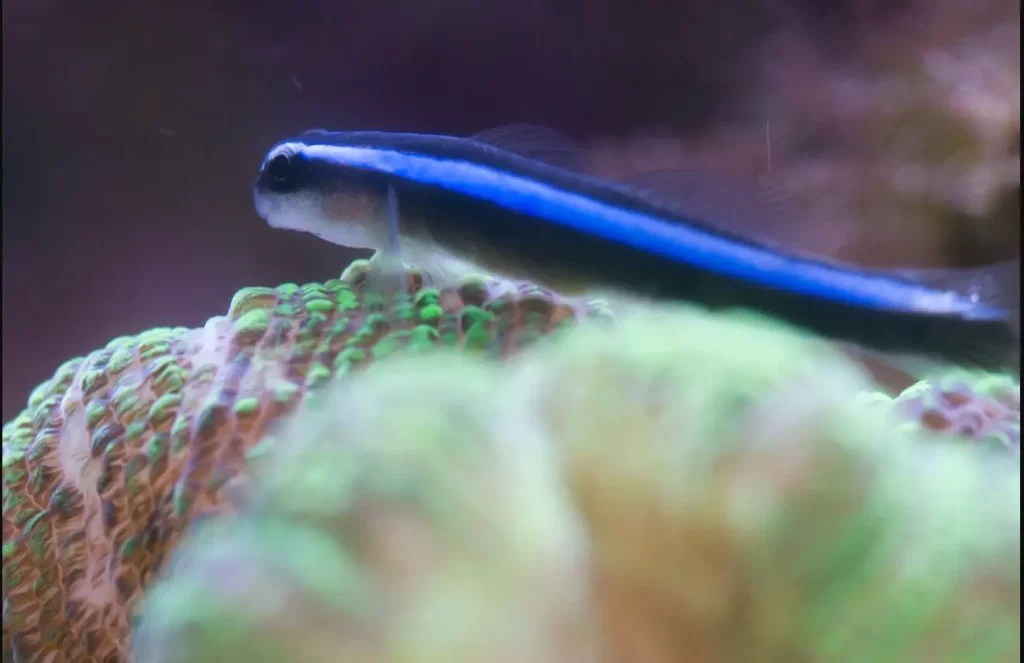Most of us have heard about Betta Splendens (commonly known as fighting fish) and their types. Bettas are the highly territorial type of fish and very popular in the aquarium trade. They are vulnerable, so tank-kept Bettas need extra care. There are various ranges of Bettas available today due to the selective breeding process happening every year.
I will be discussing the information about the Black Orchid Bettas in this article. However, let’s know more about the origin, pricing, availability, and even more about the Bettas. Stick till the end to find out.
Origin
Betta Splendens are the most popular and beautiful pet fish in the world today. These fish originated from the South East-Asian countries, especially from Thailand, Cambodia, Malaysia, and Laos.
Habitat
Bettas are members of the Gourami or the Osphronemidae family. These fishes inhabited rice paddies, drainage ditches, water streams, flood plains, etc. Betta fish have a unique organ named Labyrinth, which enables them to breathe air directly from their gills in the dry season. These fish can live outside water for a short period. So, they are also known as Labyrinth fish.
These fishes got famous in the mid-1800s. This is the reason why the fish got their name from the ancient warriors called Bettahs(“My fish is better than yours”). These fish are also called Plakat in their native Thailand(formerly Siam). People used to play betting games based on the fighting nature of the fish. Hence the name, Siamese Fighting fish.
Distribution
The former King of Siam recognized their popularity and regulated as well as taxed them. The King gave the fish to a man in 1840, who in turn gave it to a Danish physician named Dr. Theodore Candor.
Betta fish got a scientific name as Macropodus Pugnax after the doctor studied and bred them. Later, when everyone found that the same-named species already existed, Charles Tate Regan renamed it as Betta Splendens, meaning Beautiful warrior.
Gradually, people started exporting the Betta fish to Singapore and other European countries as well.
Wild Bettas had a dull greyish-green body with short fins. The selective breeding process has taken place over so many years. So, over 73 variations in color and patterns are available today.
Also Read: Betta Fish Colors and Color Patterns
About Black Orchid Betta
You might as well have determined that the Black Orchid Betta is one of the types of Black Betta. Their bodies have a dark black coloration with iridescent (steel, royal blue, metallic green, marron, or white) features that form a butterfly pattern, and reddish shades on their fins.
Black Orchid Bettas are more glorious and attractive due to their pretty fins. Talking about fins, a crown-tailed Black Orchid Betta is very famous today. It has spectacular spiky fins shaped like that of a crown. The fins have extensions and grow to reach a diameter of eight inches, so the fins are around 3 times their body size. The eyes and fins have the same coloration, which makes them even more attractive.
Lifespan
Black Orchid Bettas live up to 3 years. Most of them also live up to 5 years if they receive overall care in their diet, health facilities, and living environment.
Size
Bettas are comparatively smaller fishes. The average length of their body growth is 2-3 inches(5-7.6 cm).
Availability
Black Orchid Betta fish are easy to breed and have a huge demand in the world market. So they are distributed throughout the world. You can buy them online or in the local market.
Price
The Price of Bettas starts from $2-3. It can reach up to $40-50, depending upon the rarity of the fish.
Social Behavior and Tank Mates
Black Orchid Bettas are naturally aggressive like any other Bettas. Male Bettas will not tolerate other males in the same tank or any fish with vivid colors in their bodies. Harassment or even killing each other might take place. Male Bettas have spectacular and colorful fins and tails, so other bright-colored fish should not be their tank partner. Peaceful, relatively quiet fishes like Gouramis or Corydoras are the best partner for the Male Black Orchids.
Females are less aggressive and also less attractive in comparison to males. A group of females can adjust in the same tank. All they require is adequate space, supervision, and extra care on their food intake as well as behavioral patterns.
Black Orchid Betta Care
You need proper care in your daily lifestyle regarding your diet, living environment, and what not, isn’t it? The same thing applies to the fish too. Black Orchid Bettas are sensitive and complex beings. The fishkeeper has to be very careful regarding their food intake, behaviors, and tank conditions as well. The fish needs a good nap in the night and stays active during the day just like you do.
Tank Conditions for the Black Orchid Betta
Bettas were wild fish before humans started keeping them as their pets. Their inhabitant location was around 3 feet, so the tank kept Bettas must have a minimum of 5 gallons of water. The fish are surface feeders and love to take air gulps directly.
You must remember that Black Orchid Bettas are not fast swimmers. It will be harder for the fish to swim more due to their spectacular tails and fins. But it does not mean that the fish should be kept in small bowls or tanks. The bigger the room for them to play widely, the better. The tank should be larger in width and not taller.
The fish also jump when they are attacked by their aggressive tank mates, so their tank must have a well-fitted lid. The space between the surface and the tank lid should have at least a one-inch gap as they are good jumpers.
Lighting
Black Orchid Bettas love fairly bright lighting in their tank as they spend most of the time in the upper regions of their habitat. A well-illuminated tank will also clarify the different colors and patterns in their body.
Decoration and substrate
Creating a comfortable and homely environment by adding decoration kinds of stuff into their tank would be a great choice.
Black Orchid Bettas prefer a tank with flat-leaved aquarium plants and lots of places to hide. The fish hide whenever they feel unsafe. These fish also take timely rest because swimming is hard work due to their extraordinary tails and fins.
The fishkeeper can provide the Black Orchid Bettas with some fish toys as well. Those things will keep your Betta entertained and active if it is on its own. Also, The toys and decorations must have a smooth surface so that Bettas don’t have to face injuries on their fins and tails.
Water Parameters
Maintaining clean and healthy water is a tough task, especially for Black Orchid Bettas. Even though these fish are wild and can adjust in stagnant water, it can be a major challenge for the Bettas in the tank. A septic tank will lead to the health degradation of the Bettas resulting in severe diseases.
Temperature
The temperature in the tank should not be less than 69 degrees Fahrenheit. Bettas feel insecure in a temperature shock, so the temperature must be between 70 and 85 degrees Fahrenheit. The fishkeeper can keep a tank heater and a thermometer to check the constant flow of warm water and to check the water degree, respectively, and act accordingly.
pH and hardness
Bettas prefer a natural PH level in their tank ranging from 6 to 7.5. Sudden changes in the pH level can be fatal to the fish, so a striping test kit plays a vital role in determining the PH level in the tank. One can buy them online or in the fish stores.
Filtration
A proper filtration system should exist to manage the level of nitrate in the aquarium if you want a long term healthy life of the Black Orchid Bettas. Furthermore, their uneaten food and organic wastes will turn into fungus if left behind. So, the Betta tank must be filtered timely to prevent Bettas from facing severe health problems. Keeping a fungus eliminator is also the best option in the tank.
Black Orchid Betta Diet
Wild Bettas are Omnivores as these fish eat both vegetation and insect larvae/ insects from the water surface. It is necessary to check on their diet when they go to their new home as Bettas are picky eaters. However, Tank-kept Bettas are Omnivores. These fish love to consume live food ( bloodworms, mosquito larvae, daphnia, brine shrimp, etc.). Furthermore, Black Orchid Bettas should not consume live food directly brought from the environment as they contain pesticides or bacterias. These fish usually prefer dry food like flakes and pellets. The food ingredients must be at least 40 % meat-based as they require a balanced diet with high proteins. Fish stores or department stores sell such special frozen fish food. The fishkeeper should not forget to soak the food before feeding them to the fish. The most important thing is not to overfeed the Bettas as it might cause severe problems in their health. Remember, their stomach is as small as their eyes, so feed them with just enough food to engage them for a minute or so. Feeding them at most twice a day is enough. One day off without food is also the best way to prevent them from health degradation.
Breeding the Black Orchid Betta
Breeding Bettas has been a selective process over the years. Keeping male and female Bettas together often encourages natural breeding behavior. The fishkeeper must carefully supervise the breeding process. Understanding the water conditions and the behavioral patterns of both the fish is very important as well.
Males build a bubble nest underneath the floating leaves on the surface of the water. It usually takes 2-3 days to complete. Females need help from males to push their eggs. Females often die if there is a delay in pushing the eggs out.
When both males and females are ready to mate, they will swim to each other with a position of the head to tail. It continues until the female hangs vertically underneath the nest. The male starts collecting the eggs and puts them carefully in the nest. Male Black Orchids are protective and hardworking when it comes to caring about their offsprings. They get aggressive when females try to go near the nest. It is best to separate them later.
Tiny fry is born in a few days. The fry needs extra care within the few days of their birth. Their diet is the natural nutrients of the egg itself as they get attached to the egg sacks. The fry leaves their nests and starts swimming when the natural ingredients of the eggs are gone. They love to eat live food like Nematodes. Fish stores and department stores sell such frozen food.
Common diseases of the Black Orchid Betta
All of us need clean and healthy water to survive. Just like you get sick due to the contaminated water, the fish suffer and get sick as well. The poor tank conditions and the imbalanced diet will cause stress to them, resulting in their sickness. Some of the most common diseases seen in Black Orchid Betta are Constipation, Swim Bladder Disease, Fin Rot, Dropsy, and Ich.
Constipation
Constipation leads to blockage of their digestive system. Black Orchid Bettas will have hardship in swimming and will float in the tank. Their body will bloat probably due to an imbalanced diet. Fasting for a day or two is the best way to avoid constipation.
Swim Bladder Disease
Swim Bladder diseases simply mean that the fish will have problems in swimming. Bacterial infection of the water is the main reason for this disease. Black Orchids will have problems maintaining their balance to swim up or down the tank. Clean the tank once a week to prevent bacterial infection.
Fin Rot Disease
Fin Rot means that the fins of the Bettas will get rotted or damaged due to the bacterial infection of the contaminated water as well. The fins will look paler. However, if the fish get proper care and guidance, it can be cured up to some extent. This disease will exist until 2-4 weeks. It can be minimized and cured by several antibiotics. Keeping the tank clean at least twice a week, and keeping the fungus eliminator is the best option.
Dropsy Disease
Dropsy disease occurs due to the failure of the kidneys. There is excessive bloating in the body. The scales will swell, and the fish will look like a pine code. There is no cure for this disease as it is fatal. The only thing one can do is to isolate them from other fishes and make their last days comfortable. One way to prevent the fish from the disease is to minimize the amount of live food.
White Spot/Ich Disease
Ich is another common type of Betta disease which occurs due to the parasitic infection. Their body will start forming white-colored spots, so this disease is also commonly known as white spots. Parasites exist in every tank. The bacteria will only attack the fish which have lower immunity power or who are stressed out.
Conclusion
While we are at the end of this article, I hope that you have understood a little about the Black Orchid Bettas.
These fish are unique and extraordinarily attractive species of fish due to their colorful fins and tails. They are god-gifted with a unique ability to breathe oxygen directly from their fins and gills. They are aggressive and have a fighting nature, so remember not to mix them up with other Bettas. Their food intake and the behavioral pattern must be deeply examined once in a while.
It is not that hard to keep a Black Orchid Betta. All you need to do is provide them with a proper tank with facilities that would make them happy. If you treat them well, they will prove to be the best pet fish ever. Even though Black Orchid Bettas cost a bit expensive in comparison to other fish species, the fish are worth your time and money.






